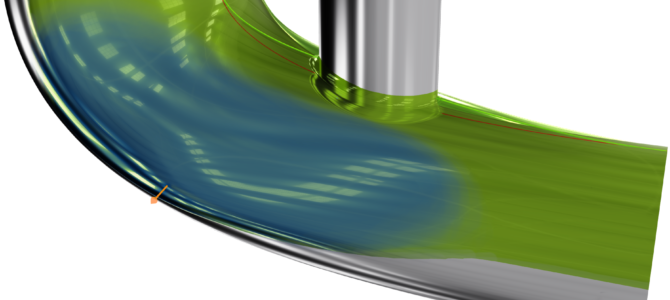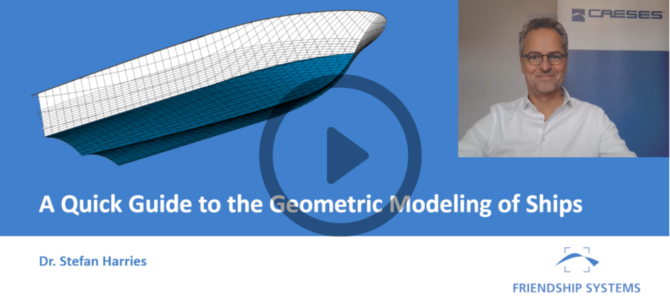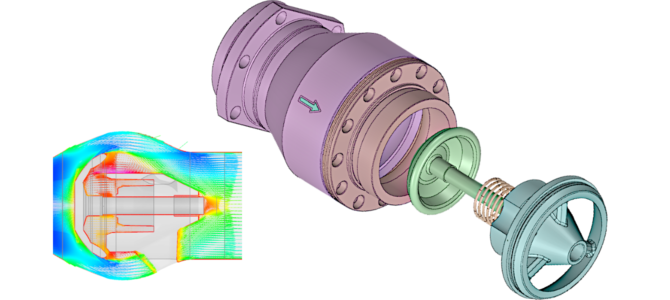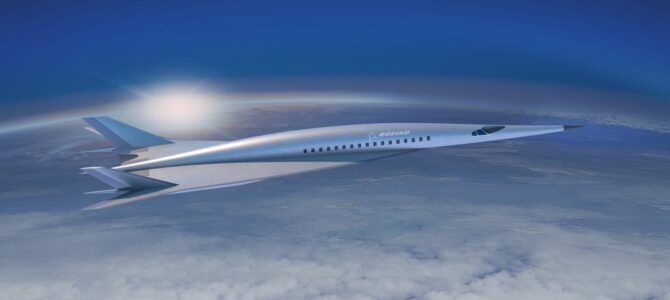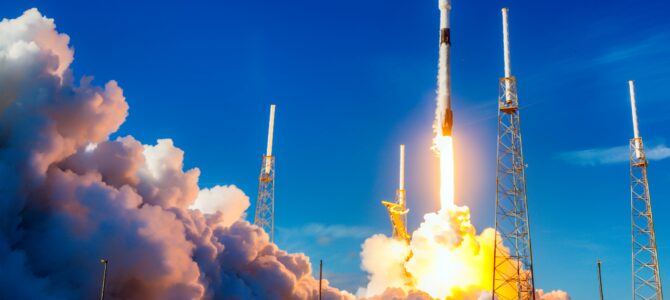Shape morphing allows you to easily import an existing geometry model and reshape your design with regards to the flow and structural performance. Read this blog post for a comparison of the different morphing approaches in CAESES 5 and how it offers intuitive and exact shape modifications that can be set up in a matter of minutes.
